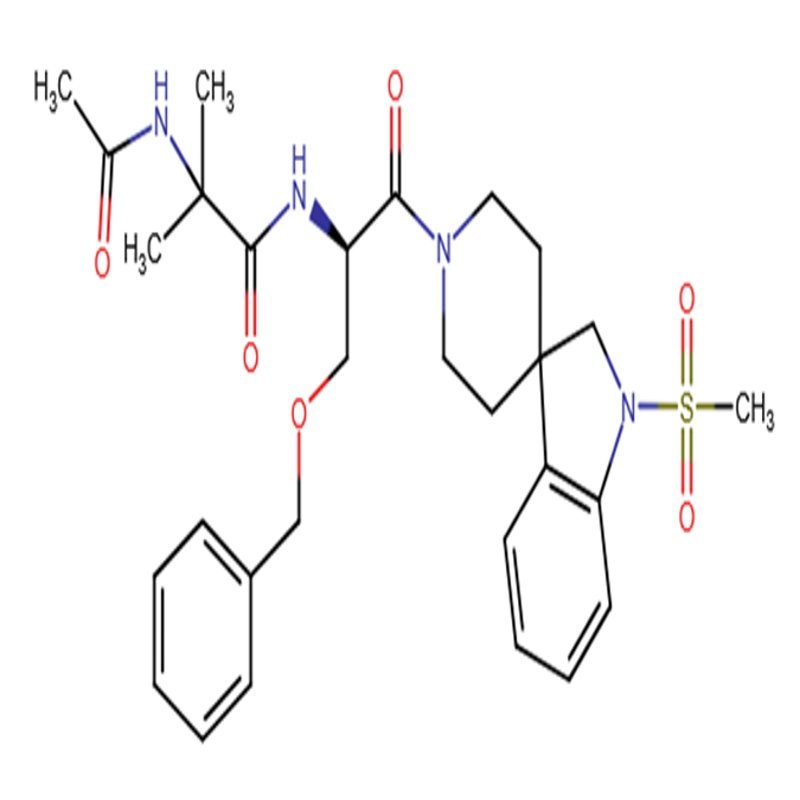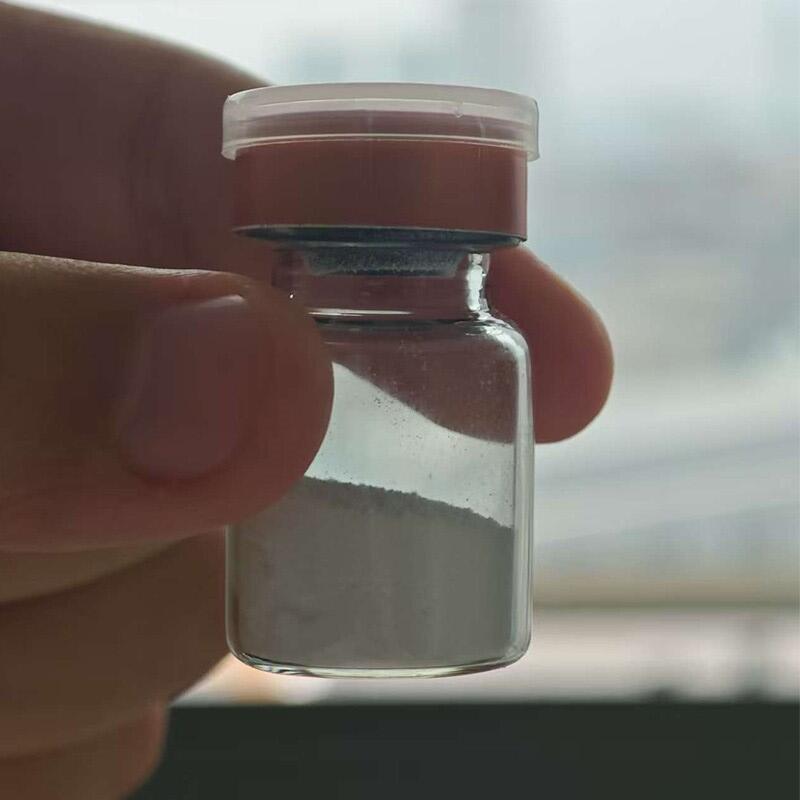-
Categories
-
Pharmaceutical Intermediates
-
Active Pharmaceutical Ingredients
-
Food Additives
- Industrial Coatings
- Agrochemicals
- Dyes and Pigments
- Surfactant
- Flavors and Fragrances
- Chemical Reagents
- Catalyst and Auxiliary
- Natural Products
- Inorganic Chemistry
-
Organic Chemistry
-
Biochemical Engineering
- Analytical Chemistry
-
Cosmetic Ingredient
- Water Treatment Chemical
-
Pharmaceutical Intermediates
Promotion
ECHEMI Mall
Wholesale
Weekly Price
Exhibition
News
-
Trade Service
Phenyltris(butanoxime)silane, also known as PBSH, is a widely used silane coupling agent in the chemical industry.
The production process of PBSH can be divided into several stages, including the preparation of raw materials, the synthesis of PBSH, and the purification and packaging of the final product.
The preparation of raw materials involves the mixing of three main components: phenyltrimethoxysilane, butanone, and ammonia.
The phenyltrimethoxysilane is a silane compound with the chemical formula (C6H5)3SiOH.
It is typically obtained by the reaction of silicon tetrachloride with phenol in the presence of a catalyst, such as tin chloride.
Butanone is a solvent with the chemical formula C4H8O.
It is used to dissolve the phenyltrimethoxysilane and facilitate its reaction with the ammonia.
The ammonia is used to neutralize the acidity of the butanone and to form the imide group in the final PBSH product.
The synthesis of PBSH begins by mixing the phenyltrimethoxysilane and butanone in a suitable reactor.
The mixture is typically agitated to ensure that the phenyltrimethoxysilane is fully dissolved in the solvent.
Then, the ammonia is added to the reaction mixture, and the reaction is allowed to proceed at a suitable temperature and pressure.
The reaction can be catalyzed by a variety of compounds, such as sodium hydroxide or potassium hydroxide.
The purification and packaging of the final product involves the removal of any impurities that may have been introduced during the synthesis process.
This can be accomplished through a variety of methods, such as filtration, centrifugation, or distillation.
The purified PBSH is then packaged in suitable containers, such as drums or bottles, and labeled with appropriate safety warnings and product information.
PBSH has a number of important applications in the chemical industry.
It is commonly used as a coupling agent in the production of epoxy resins, polyurethanes, and other polymeric materials.
It is also used as a surface treatment agent for various substrates, such as glass, metal, and plastic.
In addition, PBSH has been studied for its potential as a chemoenzymatic synthesis of chiral amines and boronic acids.
One of the key advantages of PBSH is its ability to improve the adhesion and wetting properties of various coatings and adhesives.
This is because it contains a functional group that can react with the substrate surface and form a chemical bond, improving the overall strength and durability of the coating or adhesive.
PBSH is also relatively stable and non-toxic, making it a safe and effective coupling agent for a variety of industrial applications.
In conclusion, the production process of PBSH involves the preparation of raw materials, the synthesis of PBSH, and the purification and packaging of the final product.
PBSH has a number of important applications in the chemical industry, including the production of polymeric materials, surface treatment agents, and chemoenzymatic synthesis of chiral amines and boronic acids.
Its ability to improve the adhesion and wetting properties of various coatings and adhesives makes it a valuable coupling agent for a variety of industrial applications.







